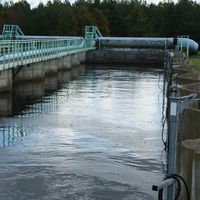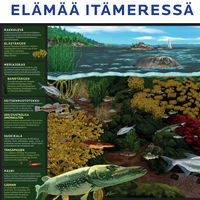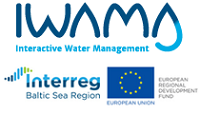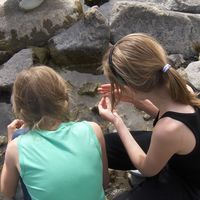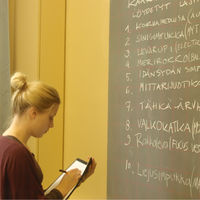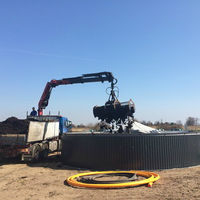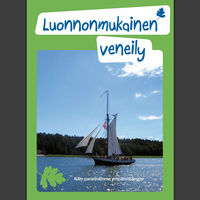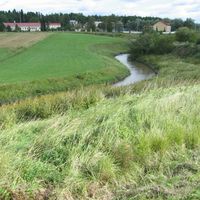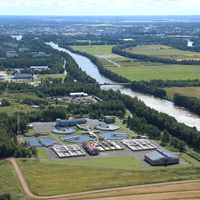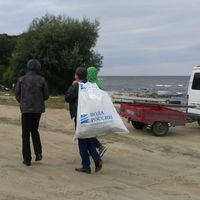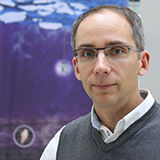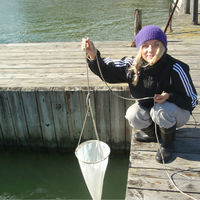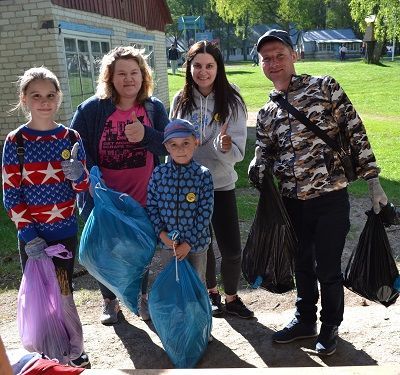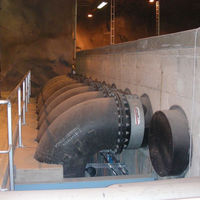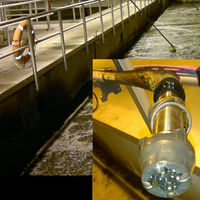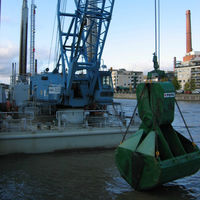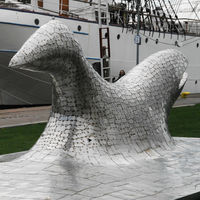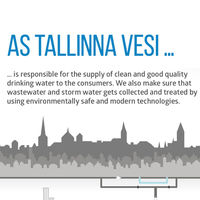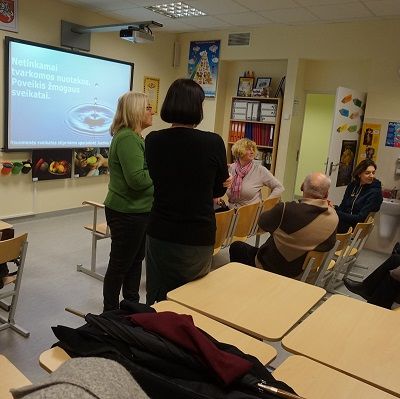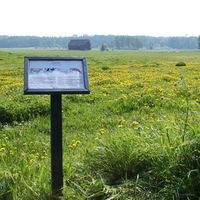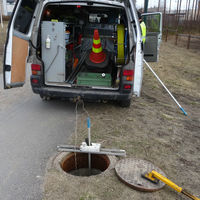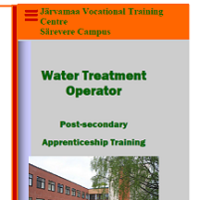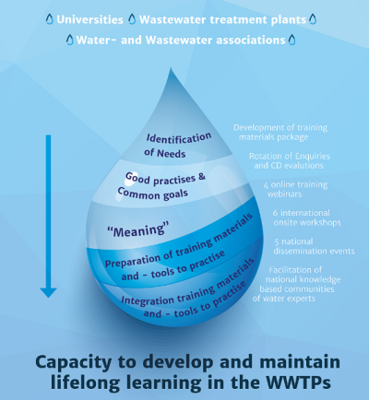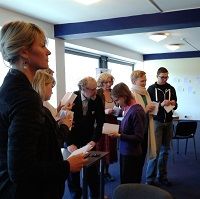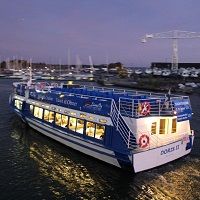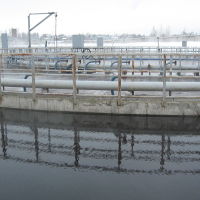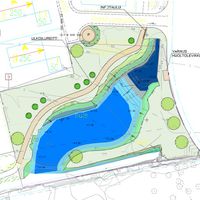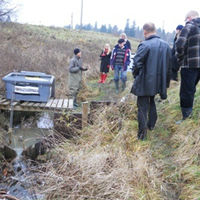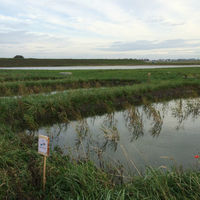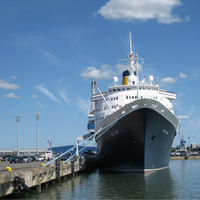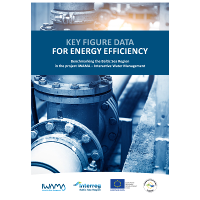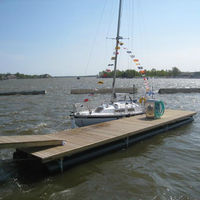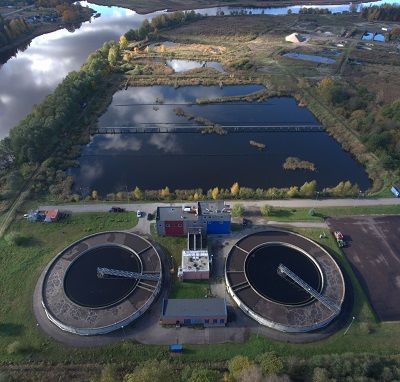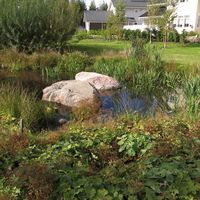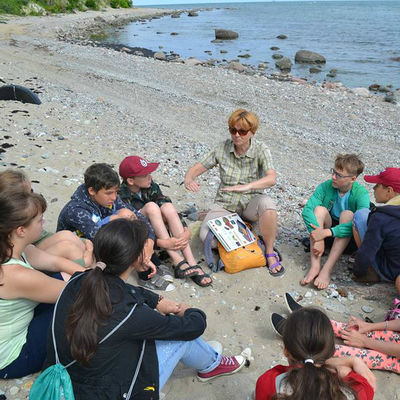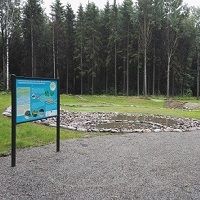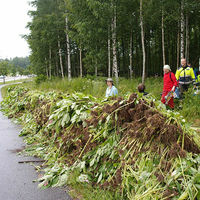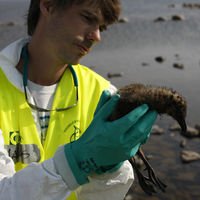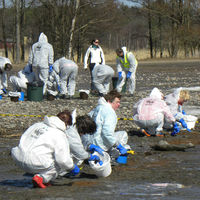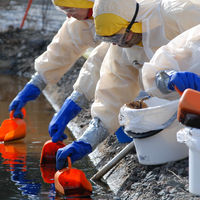Bank of Actions
Are you seeking examples or inspiration for water protection? There are plenty of potential actions to choose from! The Bank of Actions will provide your organisation with concrete ideas and examples of water protection activities implemented by organisations in the Baltic Sea Challenge network. You can browse these according to the theme, type of actor, country, year or keyword.
 |
Join the Baltic Sea Challenge network by committing to water protection work, and gain the benefits of an international expert Network. Read more about the Baltic Sea Challenge and how to join the network. |
 |
The Bank of Actions is always open to ideas for new actions. Is your organisation already a member of the Baltic Sea Challenge network and does it have good examples of water protection measures that it would like to share? Tell us about the work that you do, by filling in this form. We will put your action on the map! |
![]() Agriculture
Agriculture
![]() Awareness raising
Awareness raising
![]() Hazardous materials
Hazardous materials
![]() Littering etc.
Littering etc.
![]() Oil spill prevention
Oil spill prevention
![]() Research and monitoring
Research and monitoring
![]() Shipping and boating
Shipping and boating
![]() Stormwater management
Stormwater management
![]() Strategies and programs
Strategies and programs
![]() Wastewater management
Wastewater management
![]() Other
Other
![]() Drainage basin
Drainage basin
Maximizing energy recovery from wastewater at the Wschód WWTP in Gdansk
Actor: Gdansk Water utilities Ltd. ● Year: 2018 ● Address:
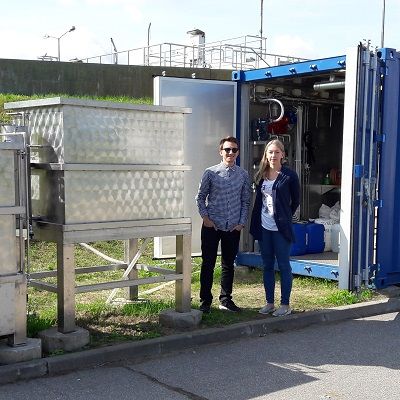 The pilot investment in Gdansk aimed to develop and test energy efficient and cost-effective concept uniting processes that require low energy consumption treatment. The pilot investment included a combined anammox-constructed wetland pilot plant and additional energy meters installed at the WWTP. The examined technology focuses on minimizing energy consumption for the removal of organics and nutrients while maximizing recovery of organic matter from wastewater to produce renewable energy.
The pilot investment in Gdansk aimed to develop and test energy efficient and cost-effective concept uniting processes that require low energy consumption treatment. The pilot investment included a combined anammox-constructed wetland pilot plant and additional energy meters installed at the WWTP. The examined technology focuses on minimizing energy consumption for the removal of organics and nutrients while maximizing recovery of organic matter from wastewater to produce renewable energy.
Description
The concept enabled the possibility of recovering a high fraction of organic carbon. Increased carbon extraction improves energy balance of a plant due to higher production of biogas that can be utilized in a combined heat and power plant (CHP) to generate surplus renewable power. Furthermore, the anammox-based process allows a shortcut in the nitrogen cycle, as anammox bacteria convert ammonium and nitrite directly into nitrogen gas. This enables nitrogen removal at 60% lower oxygen consumption compared to conventional nitrification-denitrification systems. Besides, the process does not require a carbon source for denitrification that enables higher carbon extraction. Therefore, the concept of innovative combined technology considerably improves the energy balance of the plant and allows making it cost-effective and energy-positive. Recovering energy from wastewater treatment brings many environmental and health benefits.
Deammonification has been widely applied at wastewater treatment plants as a cost effective process to treat sidestreams with high nitrogen load. Applying the deammonification process in the mainstream, however, still presents a challenge. Major barriers in this application include low temperature, low ammonia concentration and high COD/N ratio.

Results
The examined process configuration included primary, secondary and tertiary treatment steps. The physical-chemical primary treatment consisted of two stage flocculation tank and primary sedimentation tank. The secondary treatment incorporated integrated fixed-film activated sludge (IFAS) reactor, equipped with mixer and fine bubble air diffuser, and coupled with the secondary sedimentation tank. The IFAS reactor (720 litres) was inoculated with anammox bacteria immobilized on AnoxKaldnes K5 plastic carriers from the Sjölunda WWTP in Malmö and suspended growth activated sludge from the Wschód WWTP in Gda?sk. The tertiary treatment for removal of remaining organic matter and nutrients was demonstrated by two stage horizontal flow constructed wetland (HF-CW) followed by vertical flow constructed wetland (VF-CW).
The study results showed the possibility of applying the combined anammox-constructed wetland system to remove TN and organic carbon from the mainstream efficiently at low wastewater temperature and unfavourable COD/N ratio. After chemical precipitation in primary treatment the ratio of COD/N in wastewater was decreased from 8.0 ± 0.7 to 5.0 ± 0.4, which resulted in higher by 48% recovery of organic compounds compared to that observed at the Wschód WWTP. At hydraulic loading rates of the IFAS reactor between 15.0 and 22.2 l/h, the measured removal efficiency of TN in the examined process configuration was high and averaged 84 ± 9%, while the minimum and maximum removal was 67% and 98%, respectively.
Benefits
The pilot investment at the Wschód WWTP in Gdansk provided excellent example of reaching low energy consumption and cost-effective processes to achieve effective wastewater treatment and maximal recovery of chemical energy for increased biogas production.
Mainstream treatment with the innovative combined anammox-constructed wetland system maximizes energy recovery from wastewater by directing more organic carbon to anaerobic treatment from which more biogas can be captured and utilized in a combined heat and power plant (CHP) to generate renewable power. Reducing aeration energy consumption and maximizing recovery of organic carbon is the key to achieve energy-positive wastewater treatment plant.
Background information
The pilot investment for energy recovery was implemented within Interreg Baltic Sea Region Programme 2014-2020 financed project IWAMA. Baltic Sea Challenge had close co-operation with IWAMA. The project activities concentrated on developing the capacity of water sector operators and pilot investments to increase energy efficiency and advance sludge handling. All project activities were targeted at better environmental state of the Baltic Sea through reducing nutrient input, optimizing energy consumption of the wastewater treatment plants, training water sector’s employees and ensuring the transfer of knowledge. The partners of the IWAMA project joined the Baltic Sea Challenge network.

Further information
Name: Monika Piotrowska-Szypryt ● Email: mszypryt ( at ) giwk.pl ● Web page: www.giwk.pl


